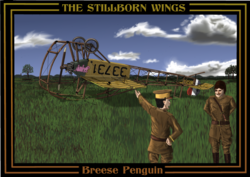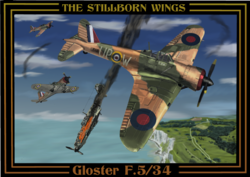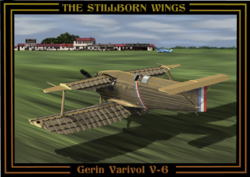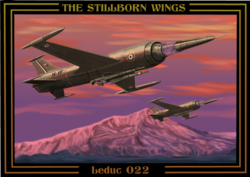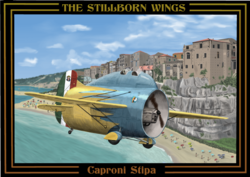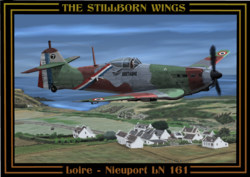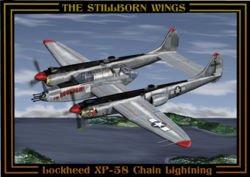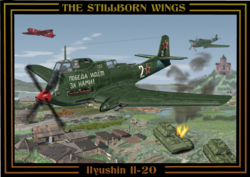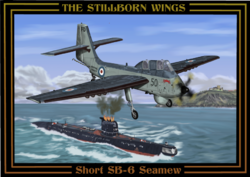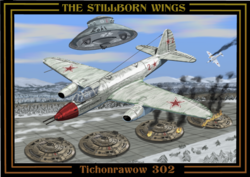Jergon
Well-Known Member
- Messages
- 106
- Likes
- 150

Well, British anti-zeppelin fighter, again...
In 1915, bomber zeppelins of Germany bothered all the UK, and in the company of N.P.Billing was designed a large fighter plane that was wanted to wait and ambush zeppelins in heights and attack them from above. The type P.B.29E crashed during tests and was replaced by the P.B.31E, similar but improved type (one of the designers was R.J.Mitchell, later designer of famous WW2 fighter Spitfire). The plane with five-member crew was equipped by two gunposts, headlight in front of hull and even bed
Last edited:


